Home » How to Make Vermicompost at Home
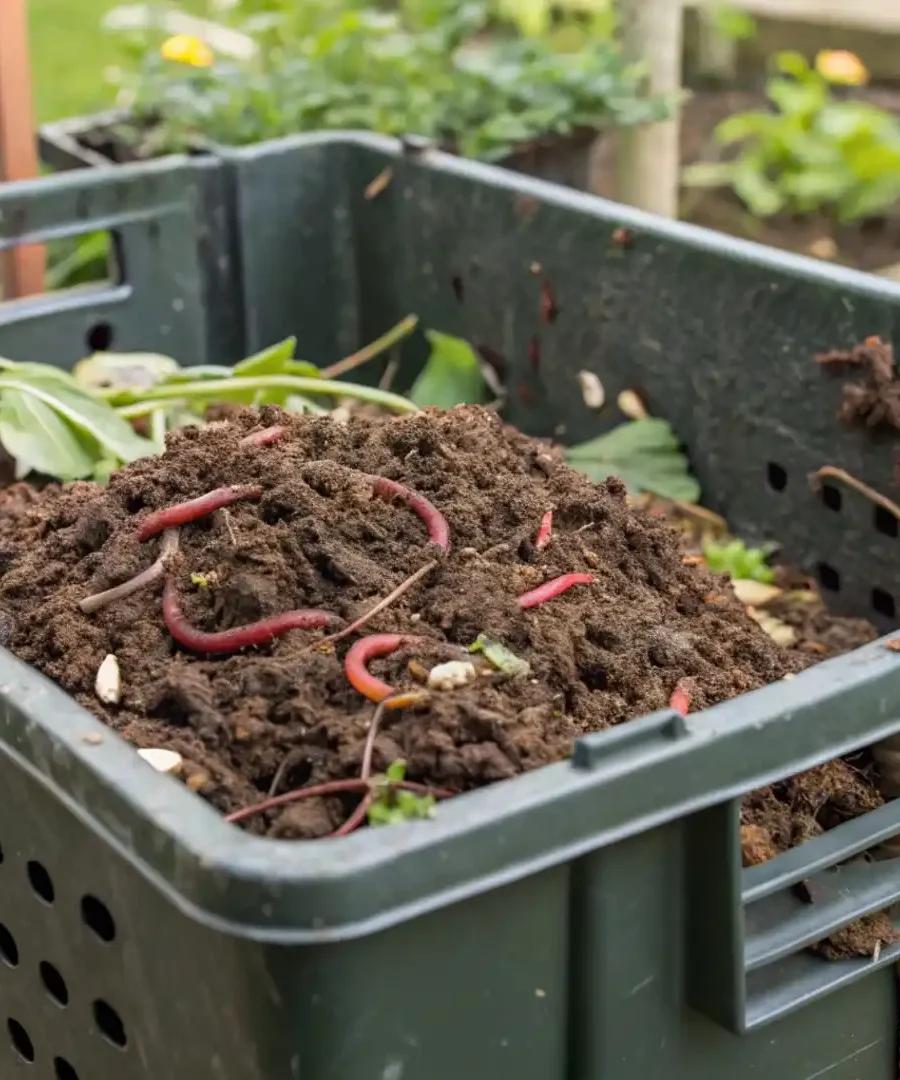
How to Make Vermicompost at Home
Observing and experiencing the voyage with plants growing can be spiritually rewarding. It turns out to be a spiritual journey for you and your family. Additionally, creating vermicompost is a simple process as it transforms everyday kitchen scraps into liquid gold. In this article, we explain every step you need to follow. Furthermore, this article is crafted for homemakers seeking eco-friendly ideas. Consequently, you can start small and watch your garden flourish.
Vermicomposting is not only practical but fun too. Specifically, imagine turning your waste into a garden treasure. Likewise, it is like nature’s own recycling program. Hence, every scrap finds a new purpose in your soil. Ultimately, you become part of a green revolution at home.Vermicompost- What is it?
Think of vermicompost as nature’s superfood
It enriches soil just like vitamins boost our health. Meanwhile, the worms do the hard work so that you can enjoy the benefits. In fact, every home can benefit from this sustainable practice.
All credit for this video goes to Let’stute. This video explains vermicomposting, including its definition and methods. Learn how organic waste matter is broken down by microorganisms through this sustainable composting technique!Benefits of Vermicomposting
Environmental Benefits
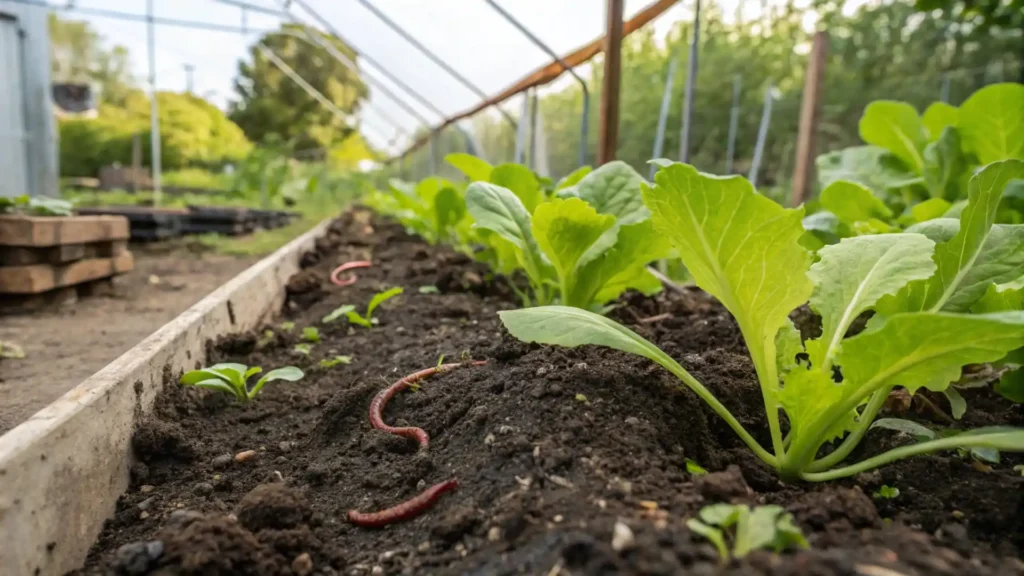
A Healthy Boost to Plants
Important nutrients necessary for a plant’s overall growth are found in Vermicompost. It is filled with vital minerals and vitamins to successfully aid plants in growing and thriving robustly. Vermicompost retains water in the soil, and this quality makes plants resilient and hardy to grow in myriad conditions.
In addition, it produces helpful microorganisms that protect plants from many diseases. A thriving, living, vibrant ecosystem is created by YOU!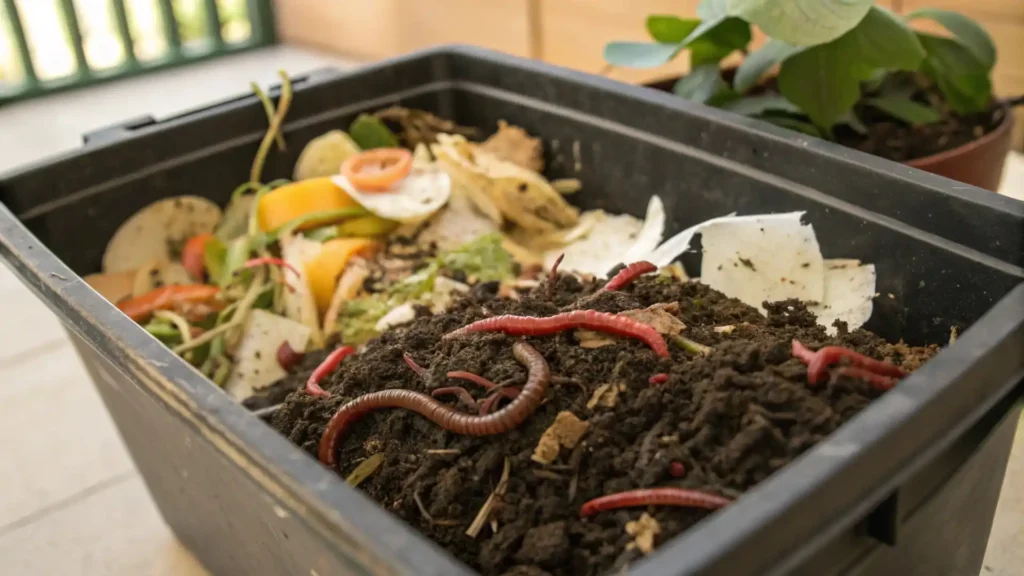
Vermicomposting- How to Start?
Who Should Consider Vermicomposting?
Vermicomposting- Is it Ideal for Your Home?
Materials You Need for a Vermicompost Setup
Ideal Worms for Composting
The Right Choice of Tools and Equipment

Step-by-Step Guide to Setting Up Your Vermicompost
Selecting a Container
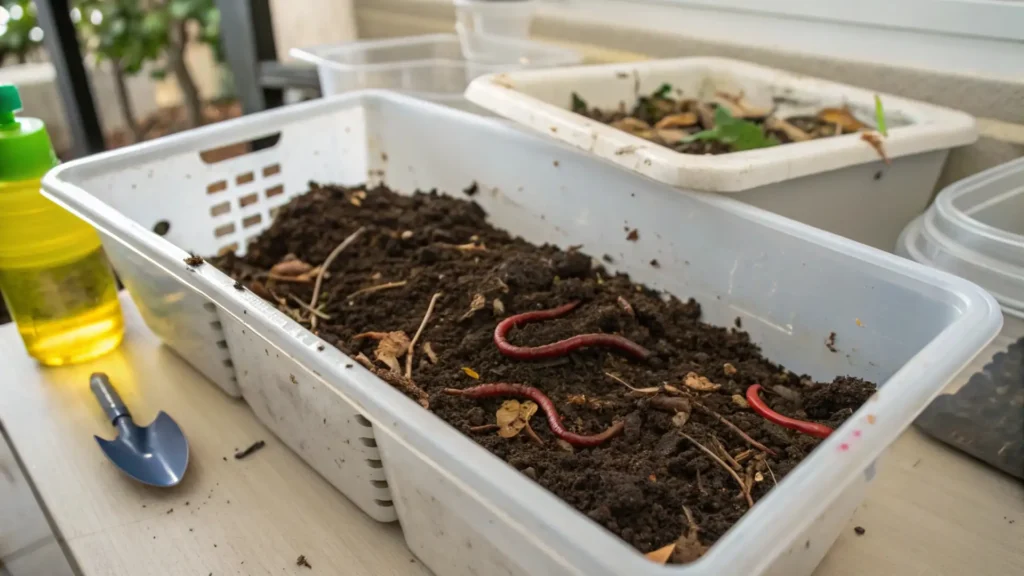
Containers- The Ideal Types
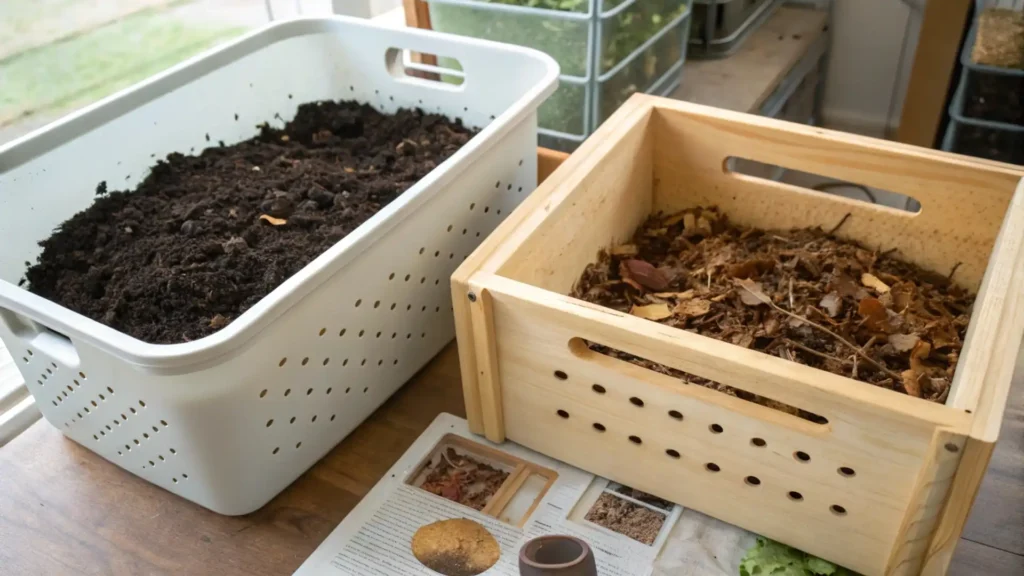
Preparing the Bedding
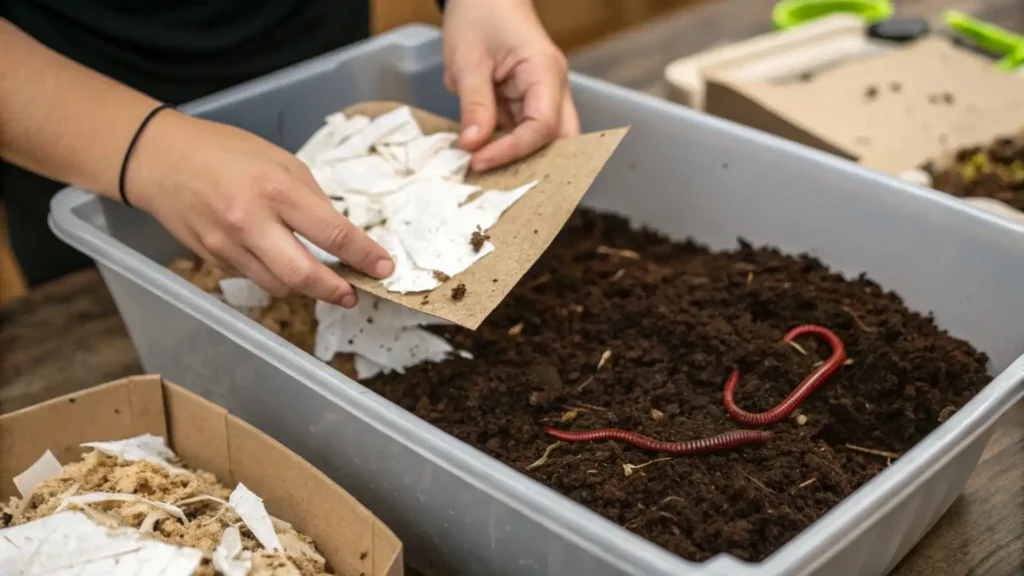
Why Vermicompost Bedding Matters
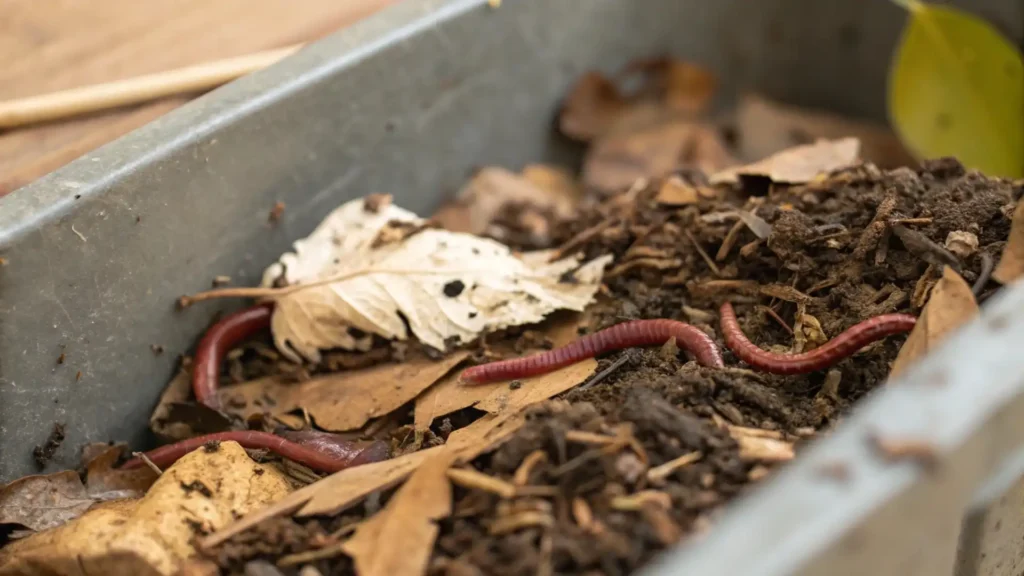
Adding the Worms and Food Waste
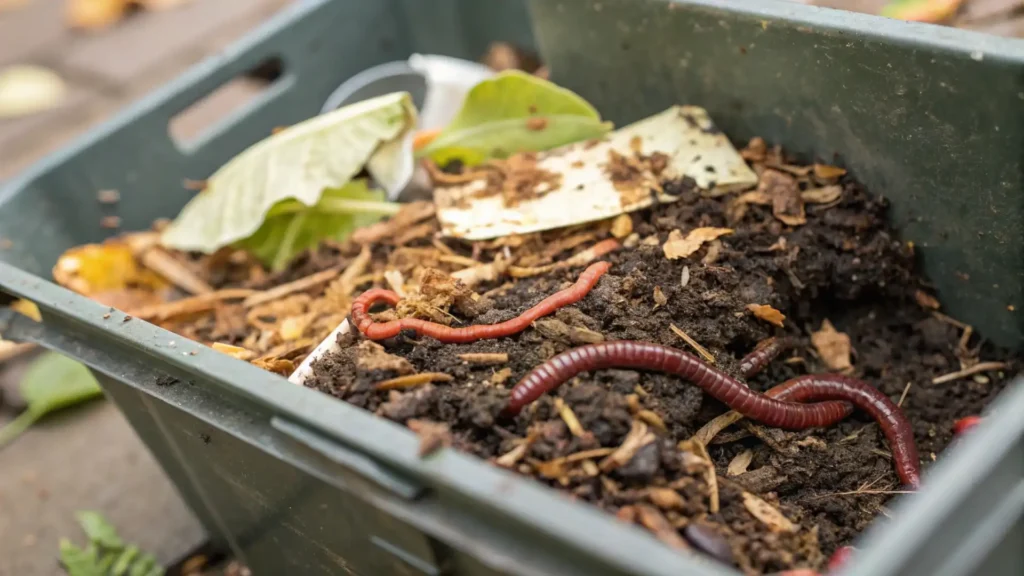
Maintaining Your Vermicompost
Daily Care and Maintenance
Troubleshooting Vermicompost Issues
Harvesting Your Vermicompost
When to Harvest
Separating Worms from Compost
Tips for Maximizing Your Vermicompost Output
A Healthier Garden with an Eco-Friendly Philosophy
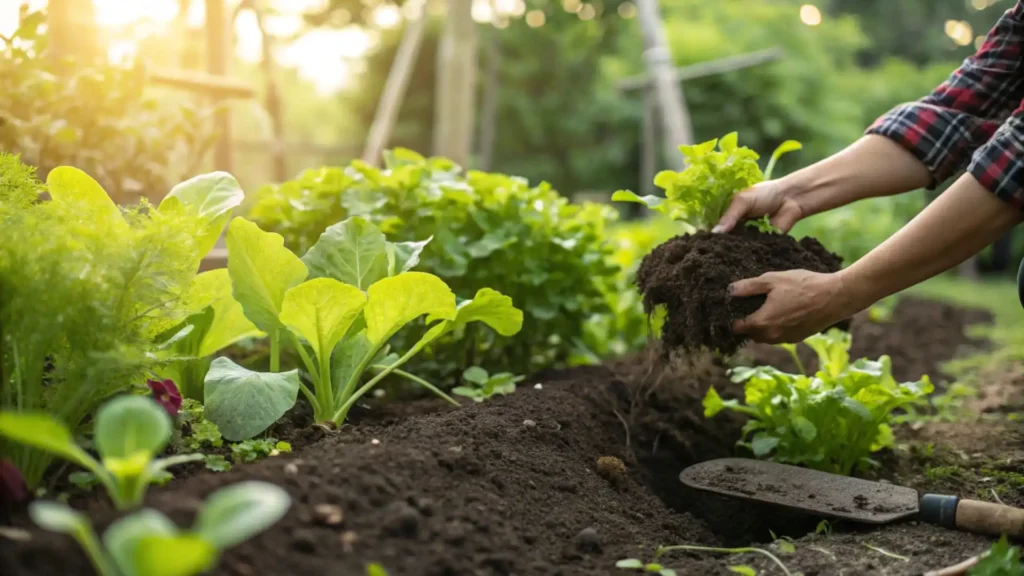



Pingback: Mistletoe